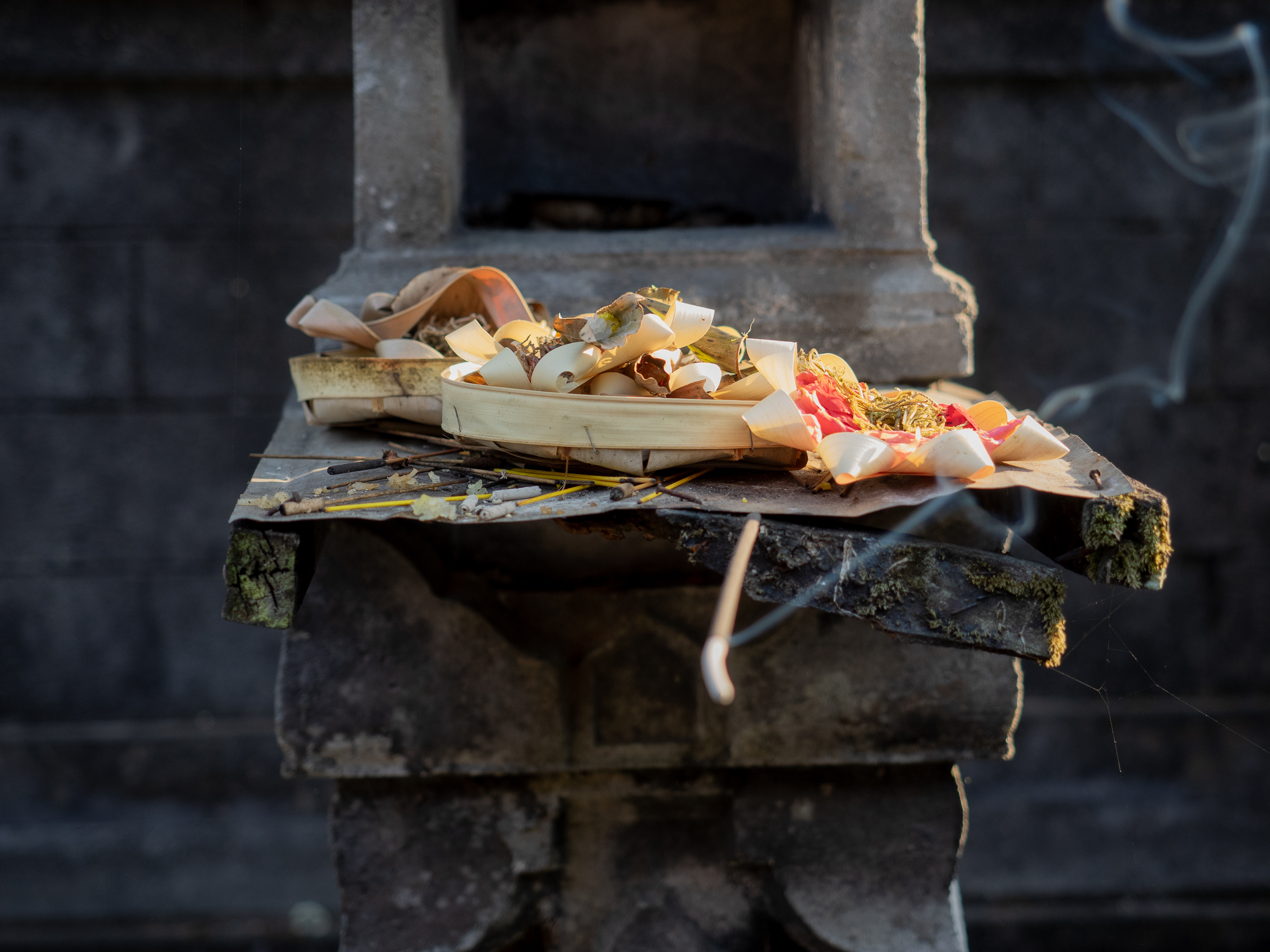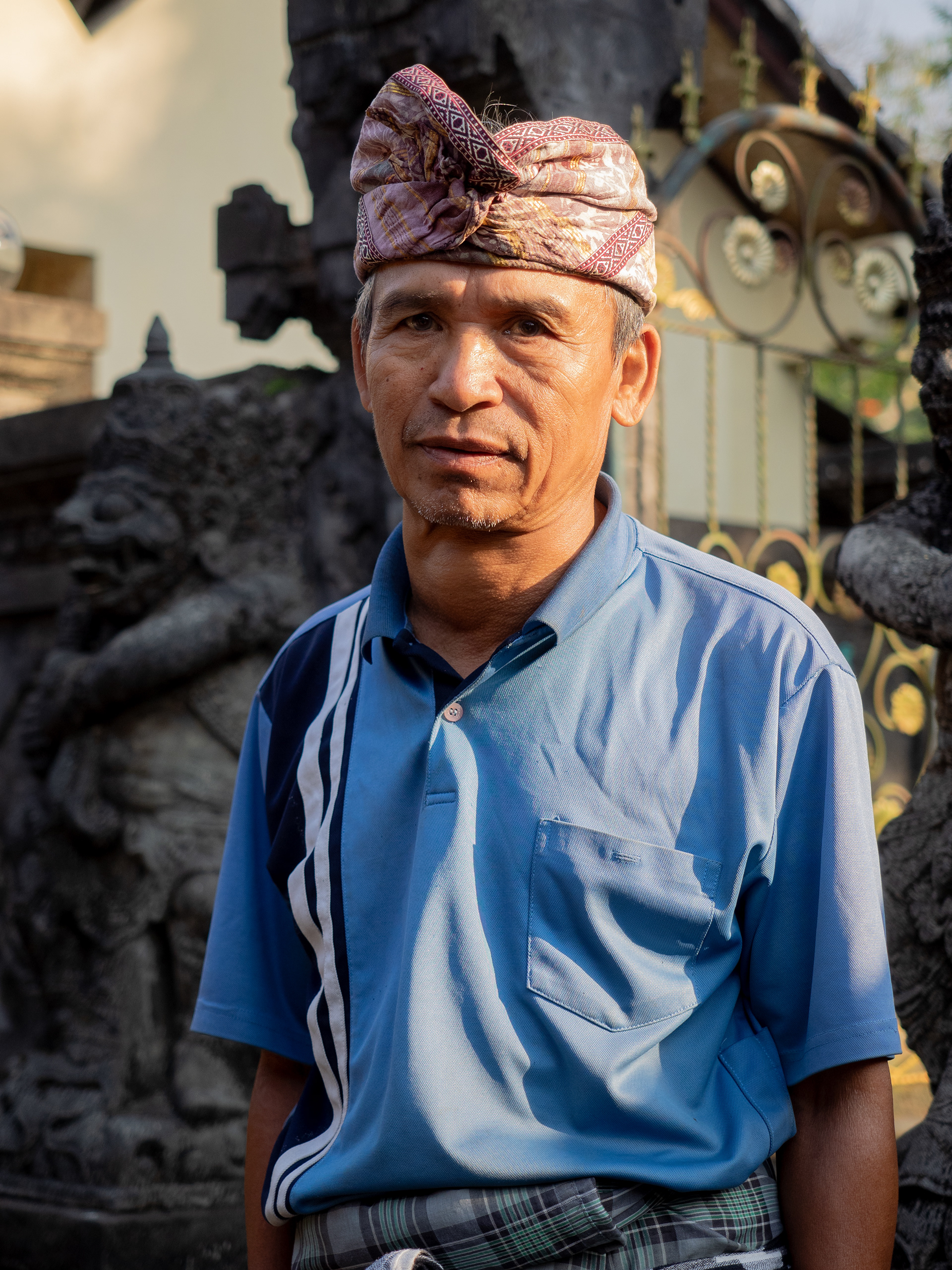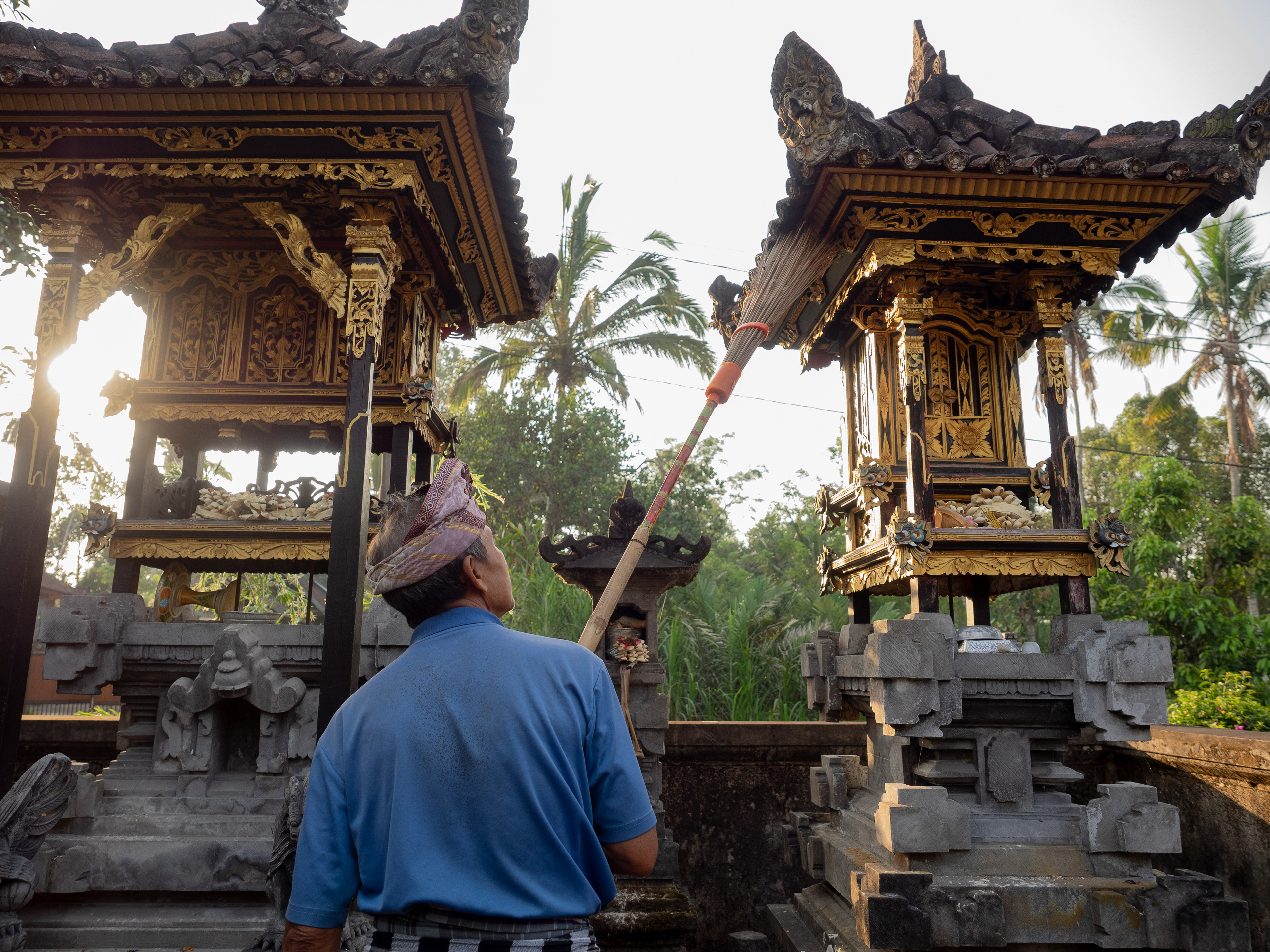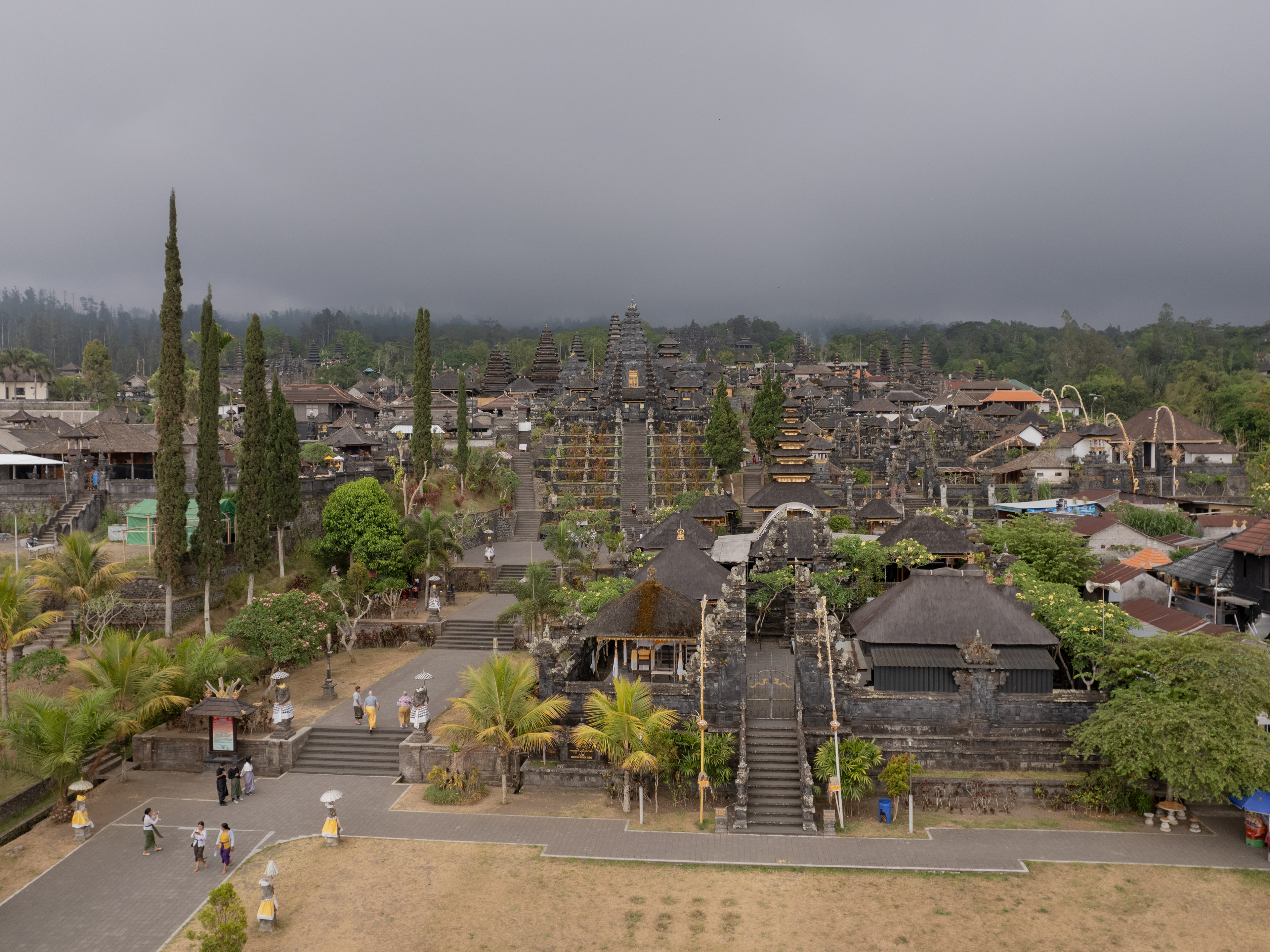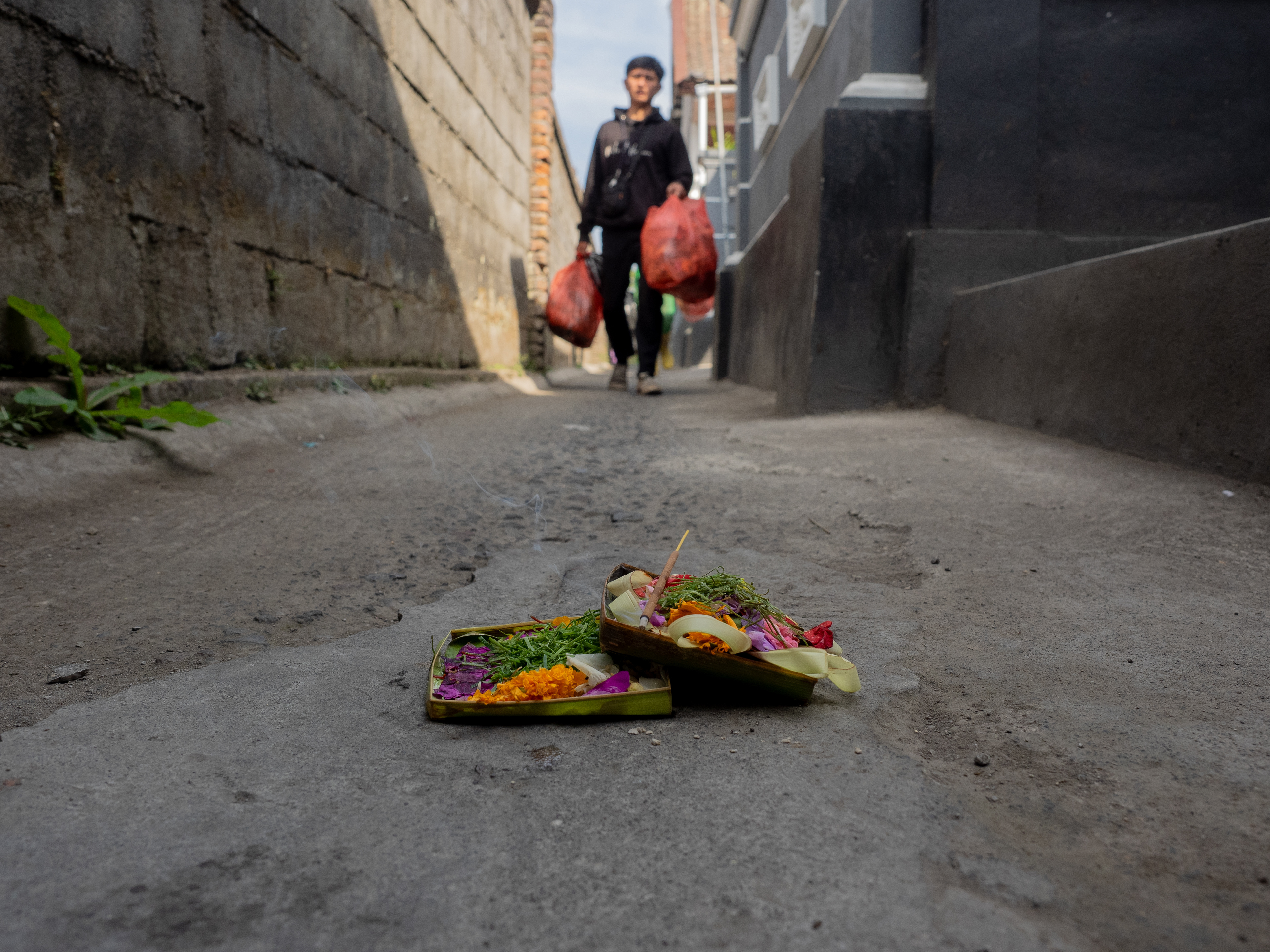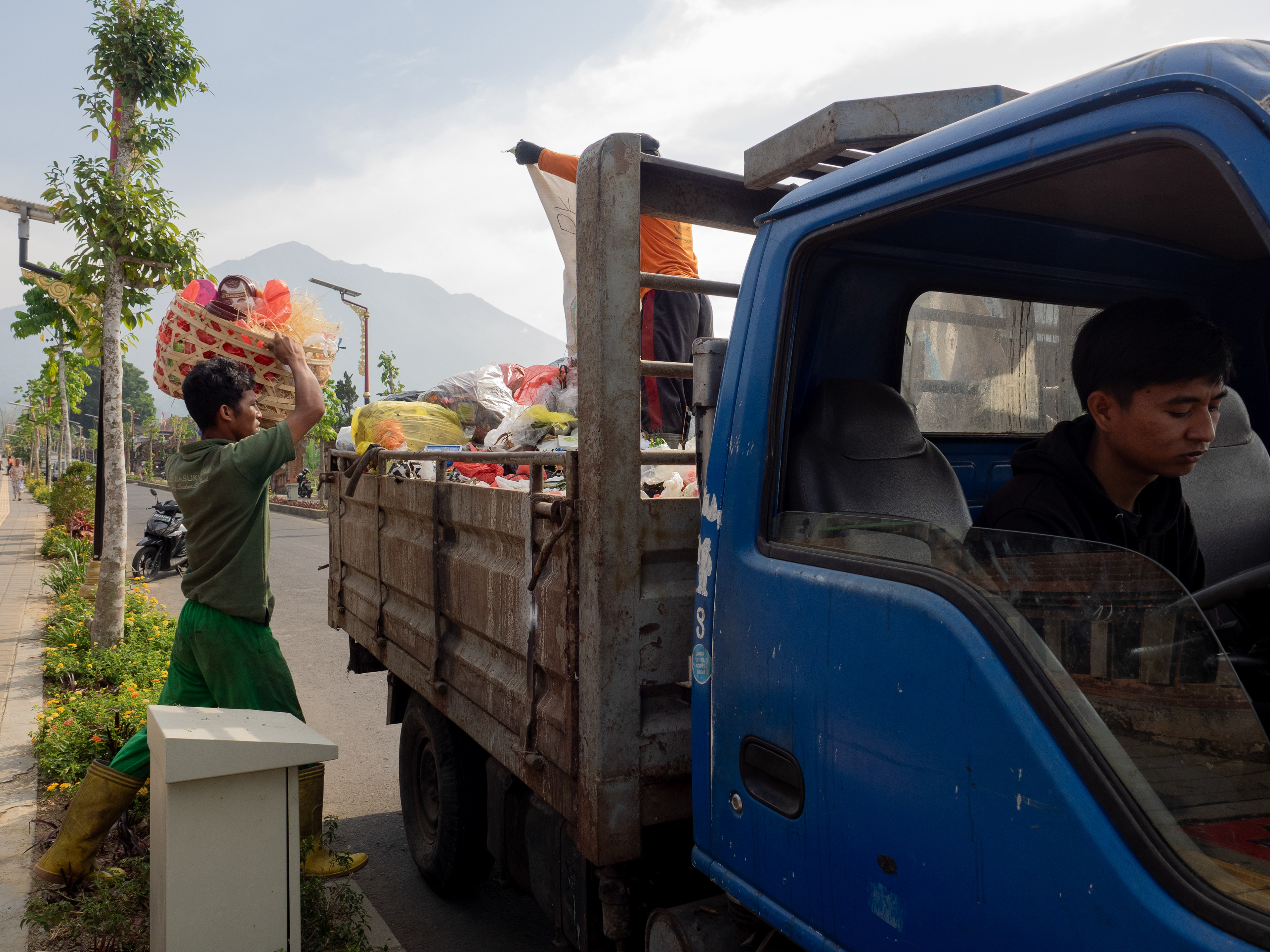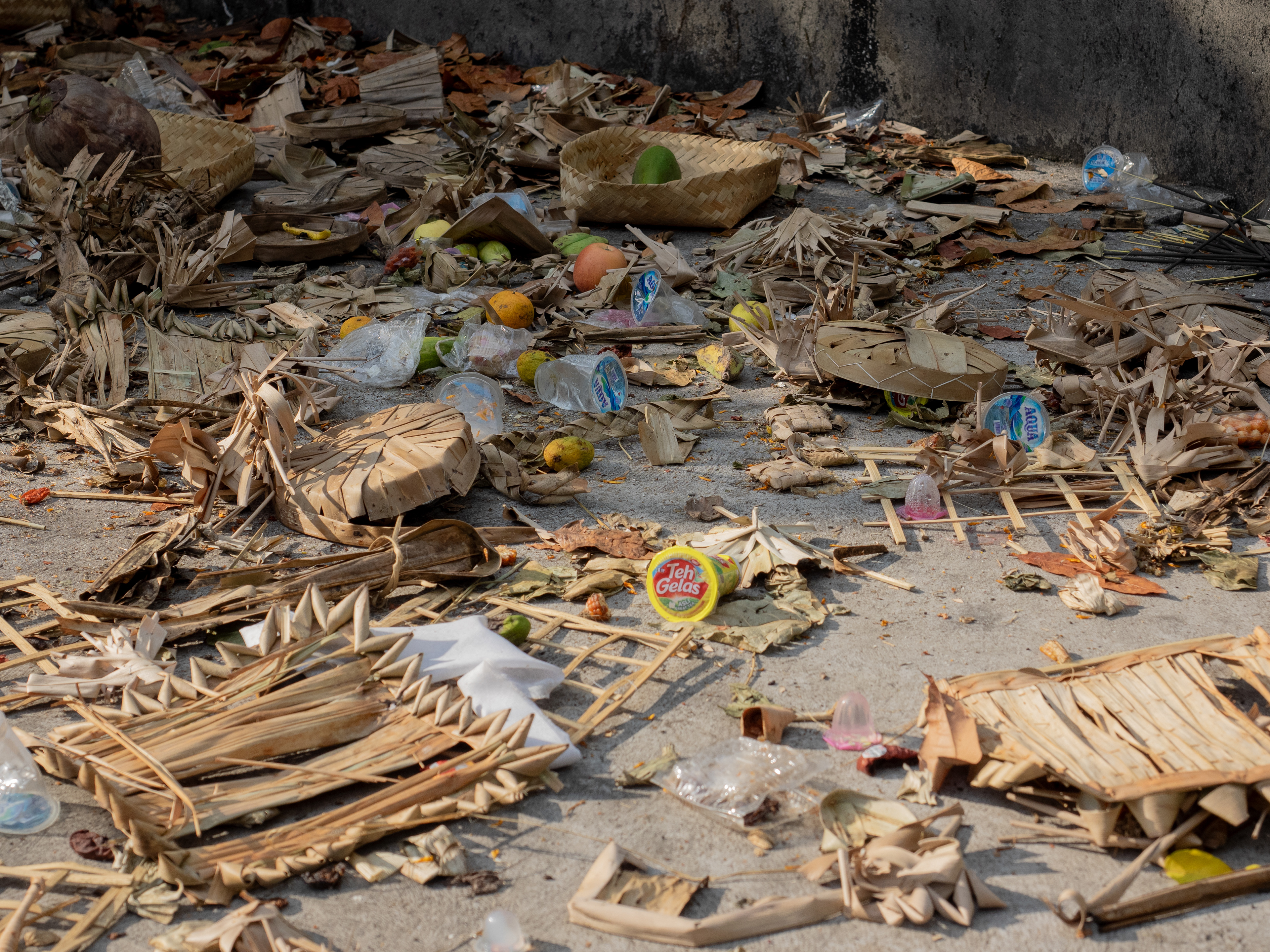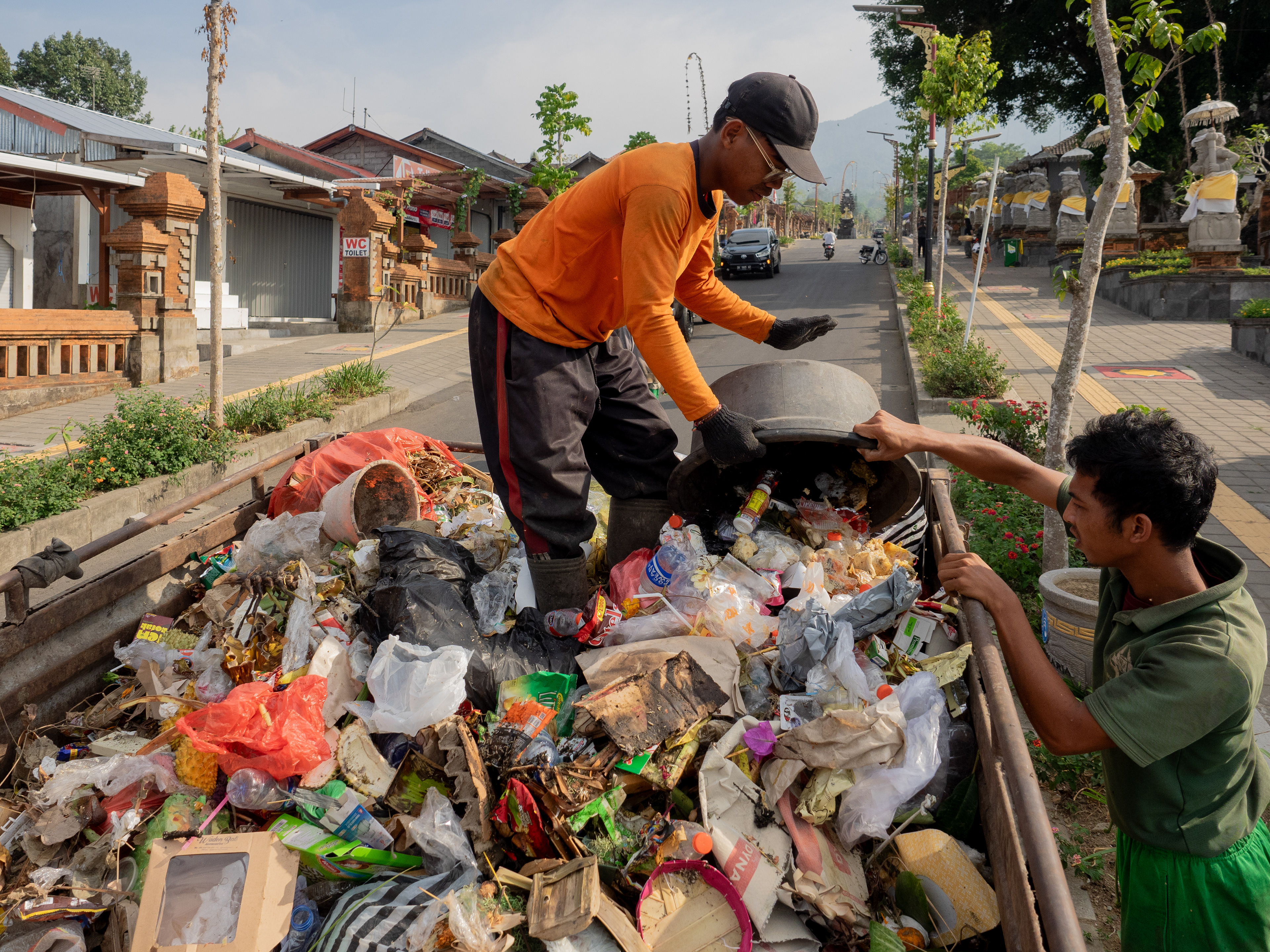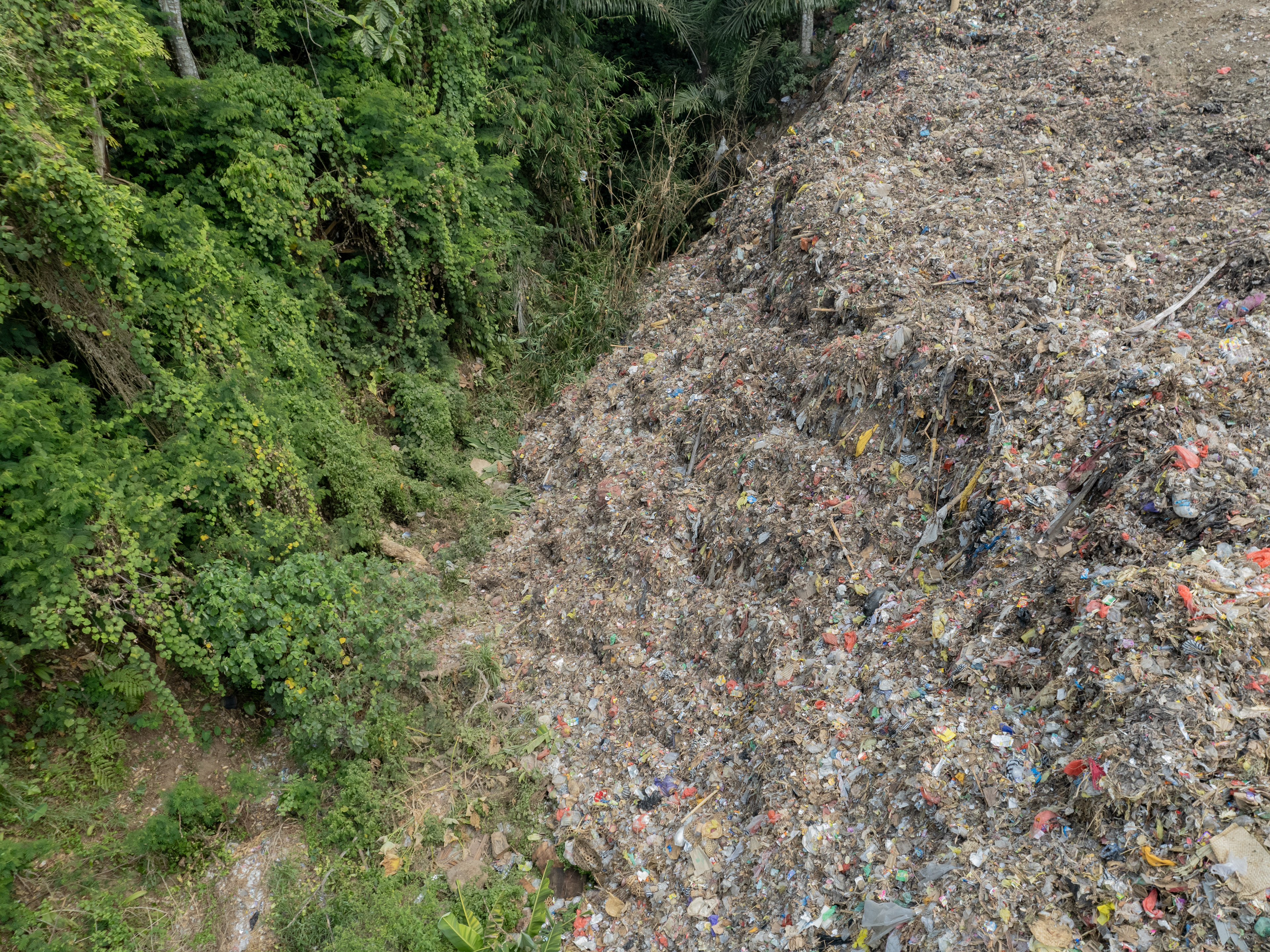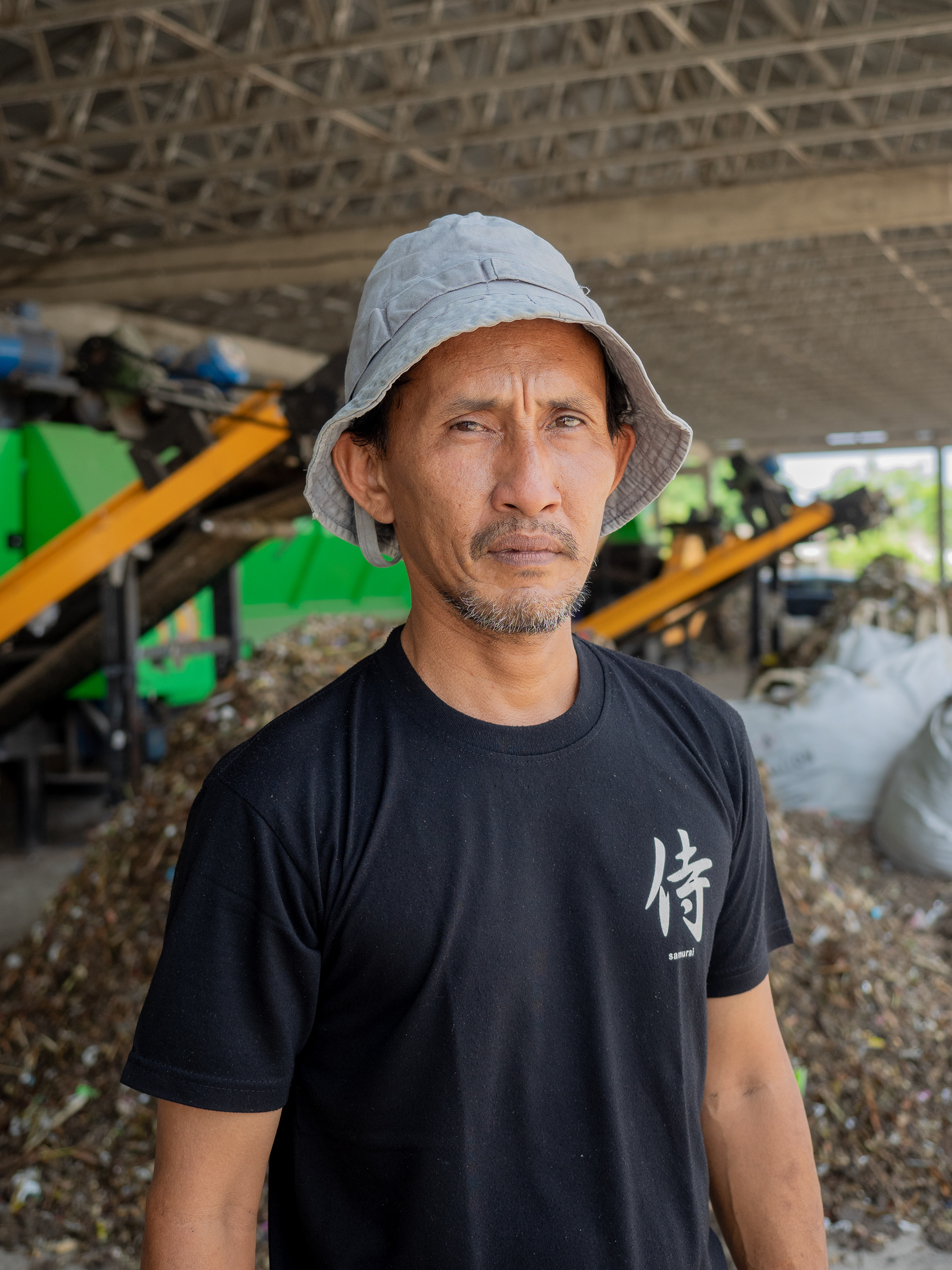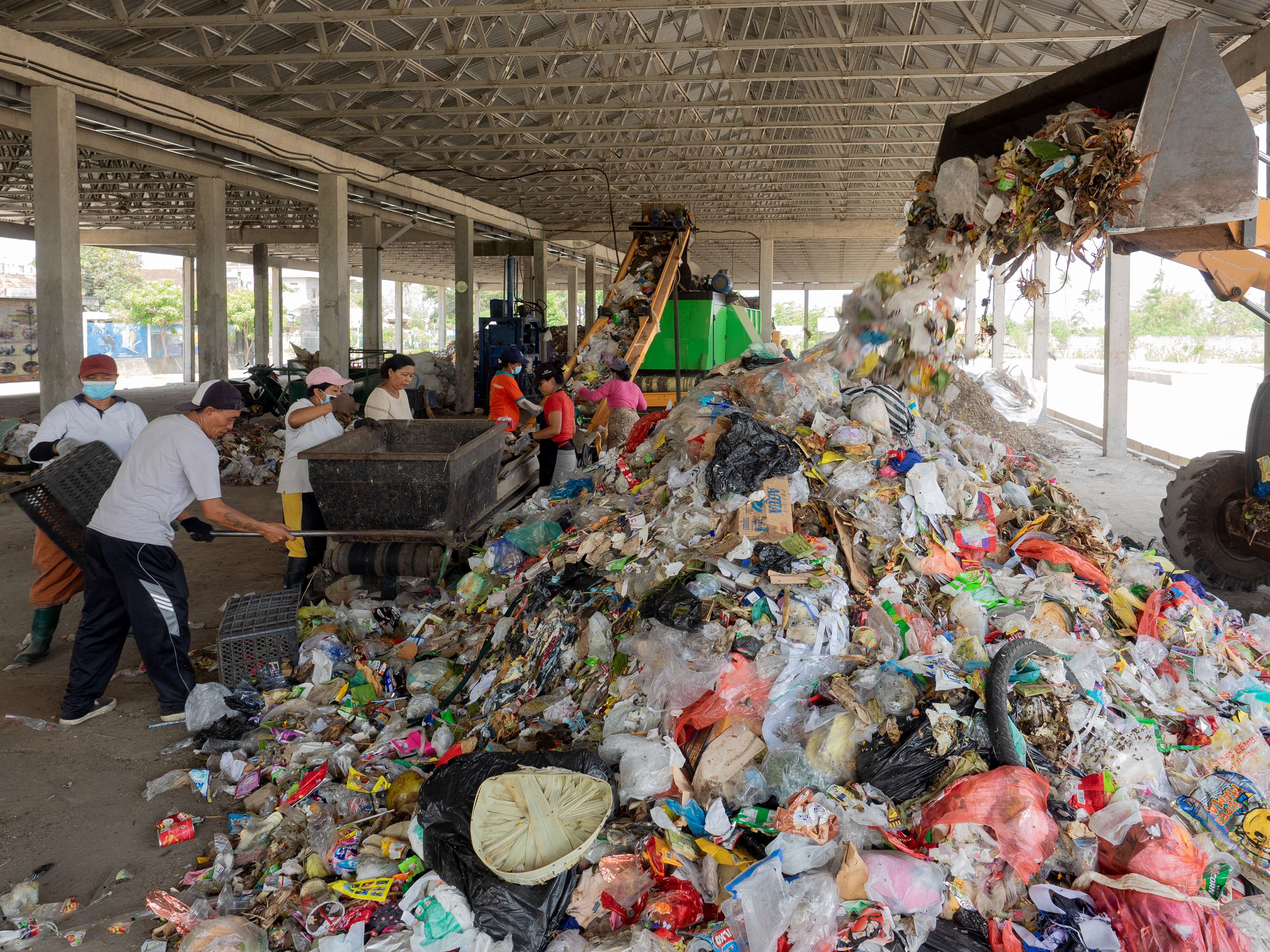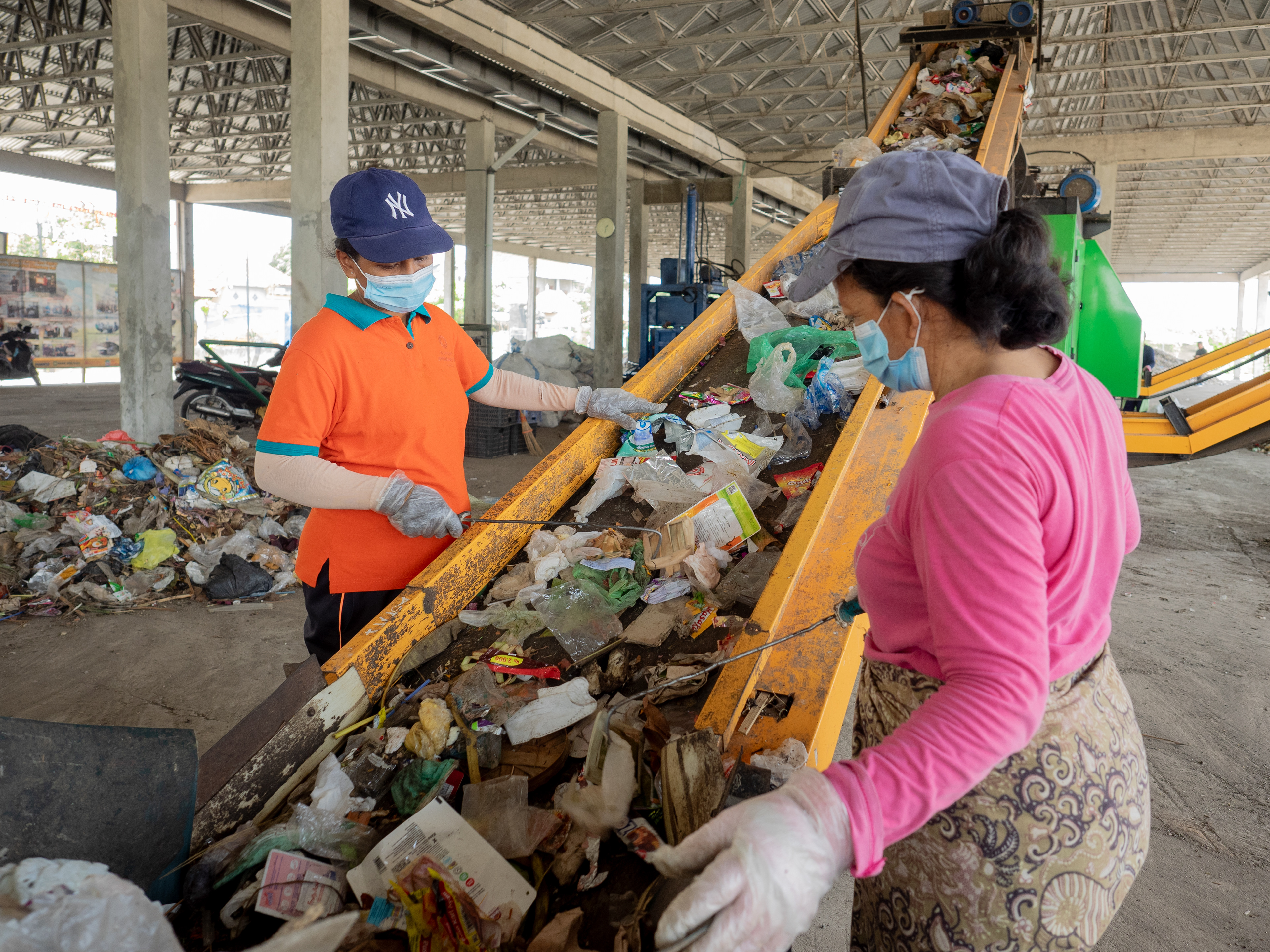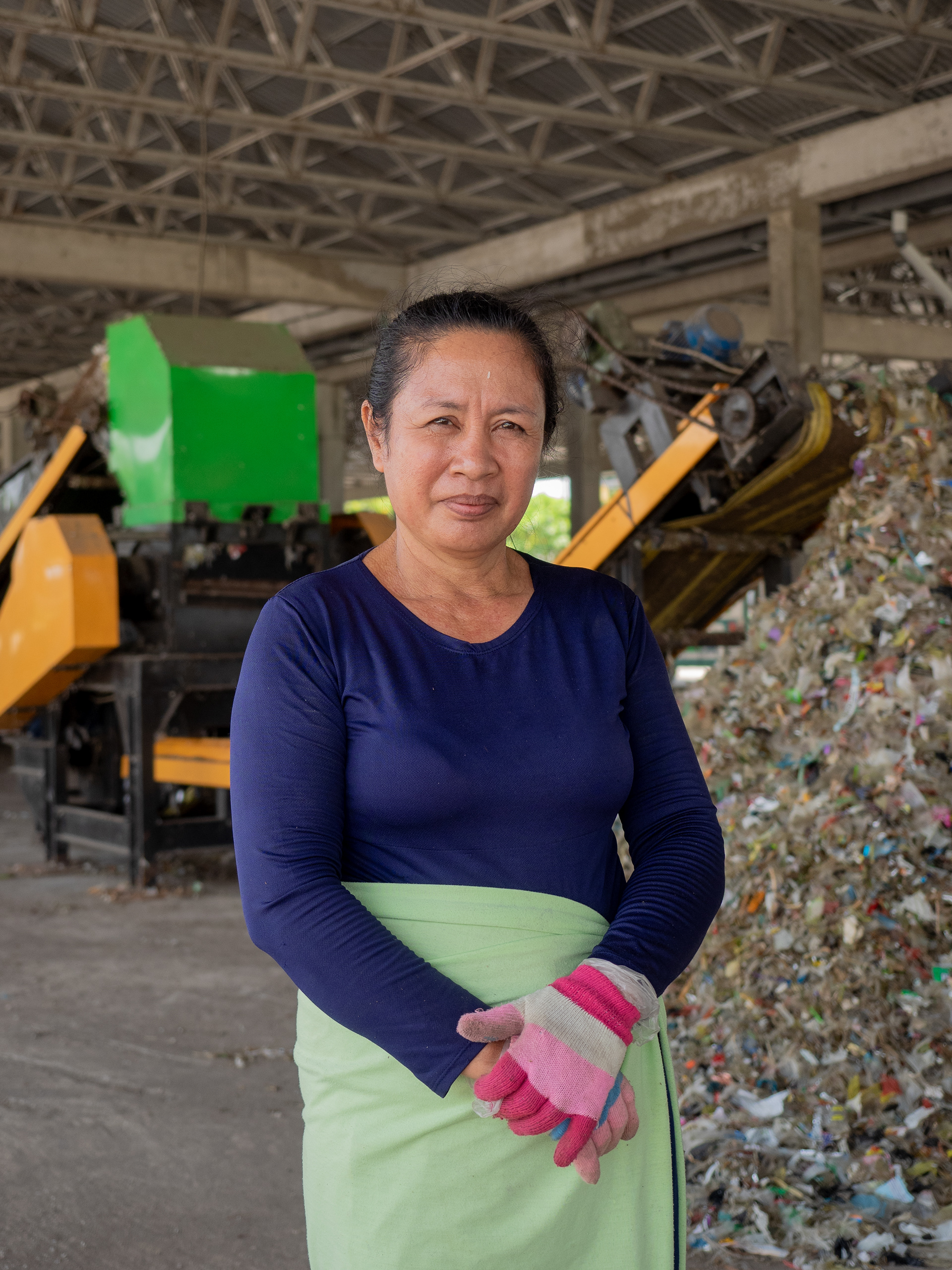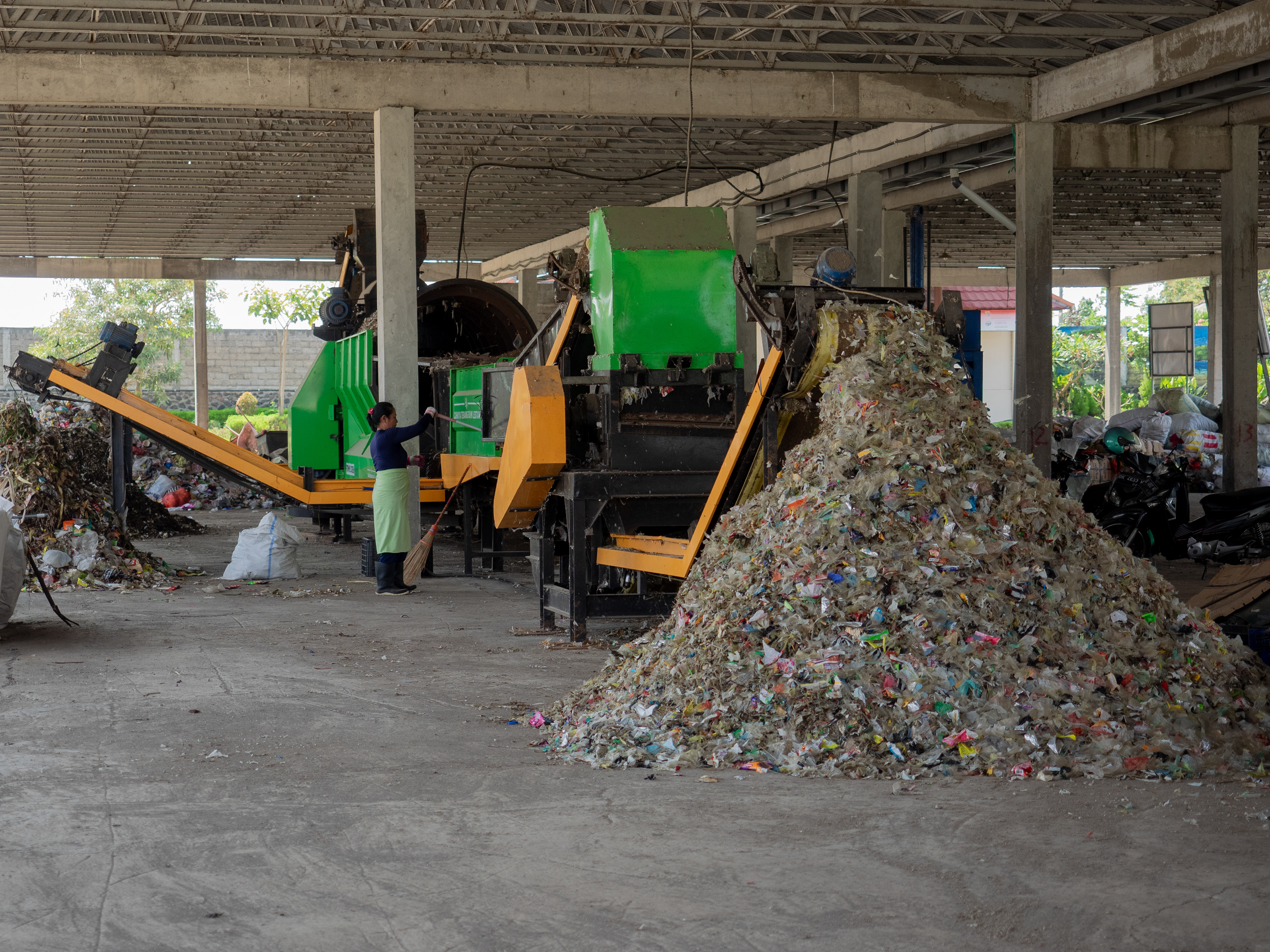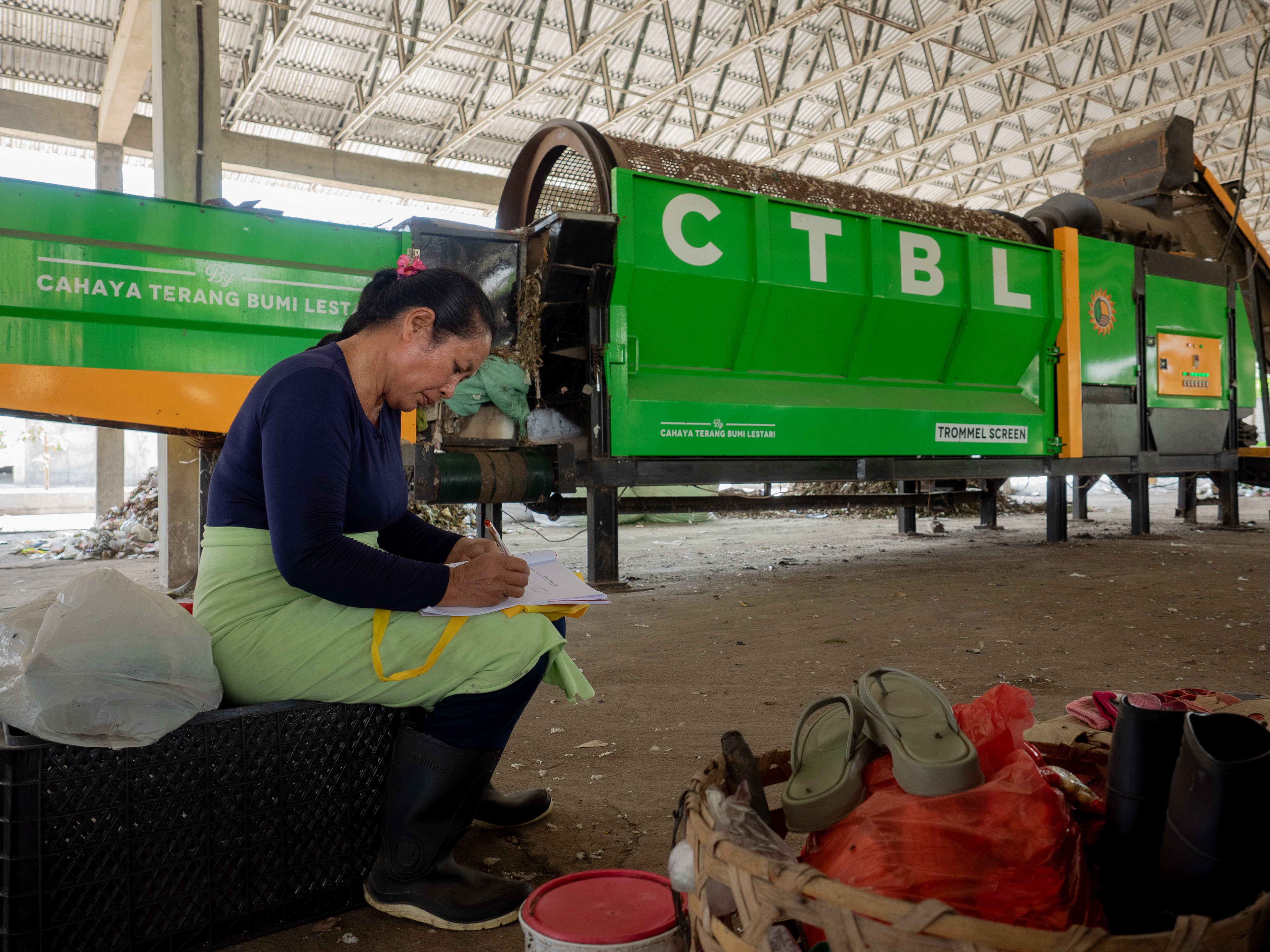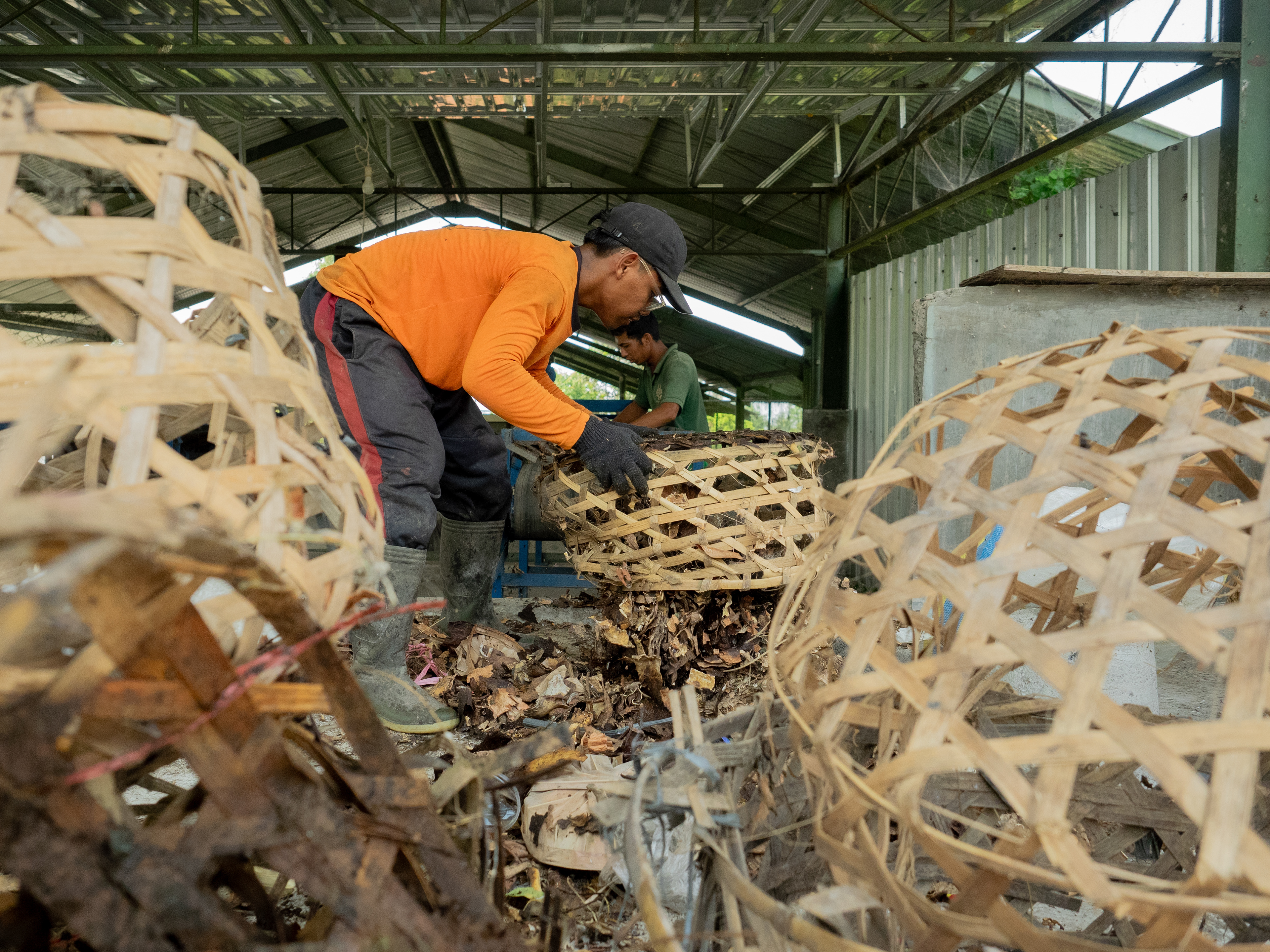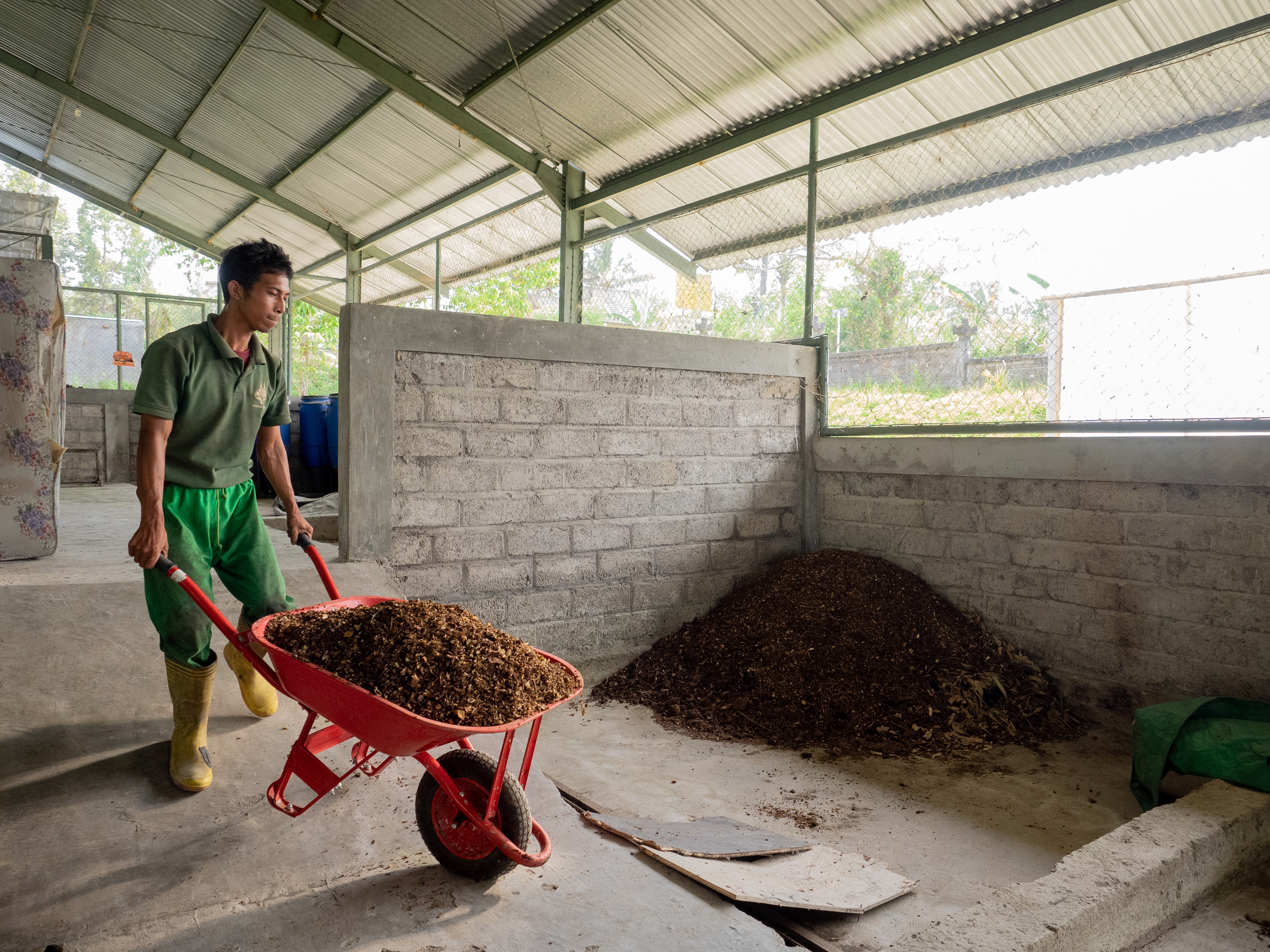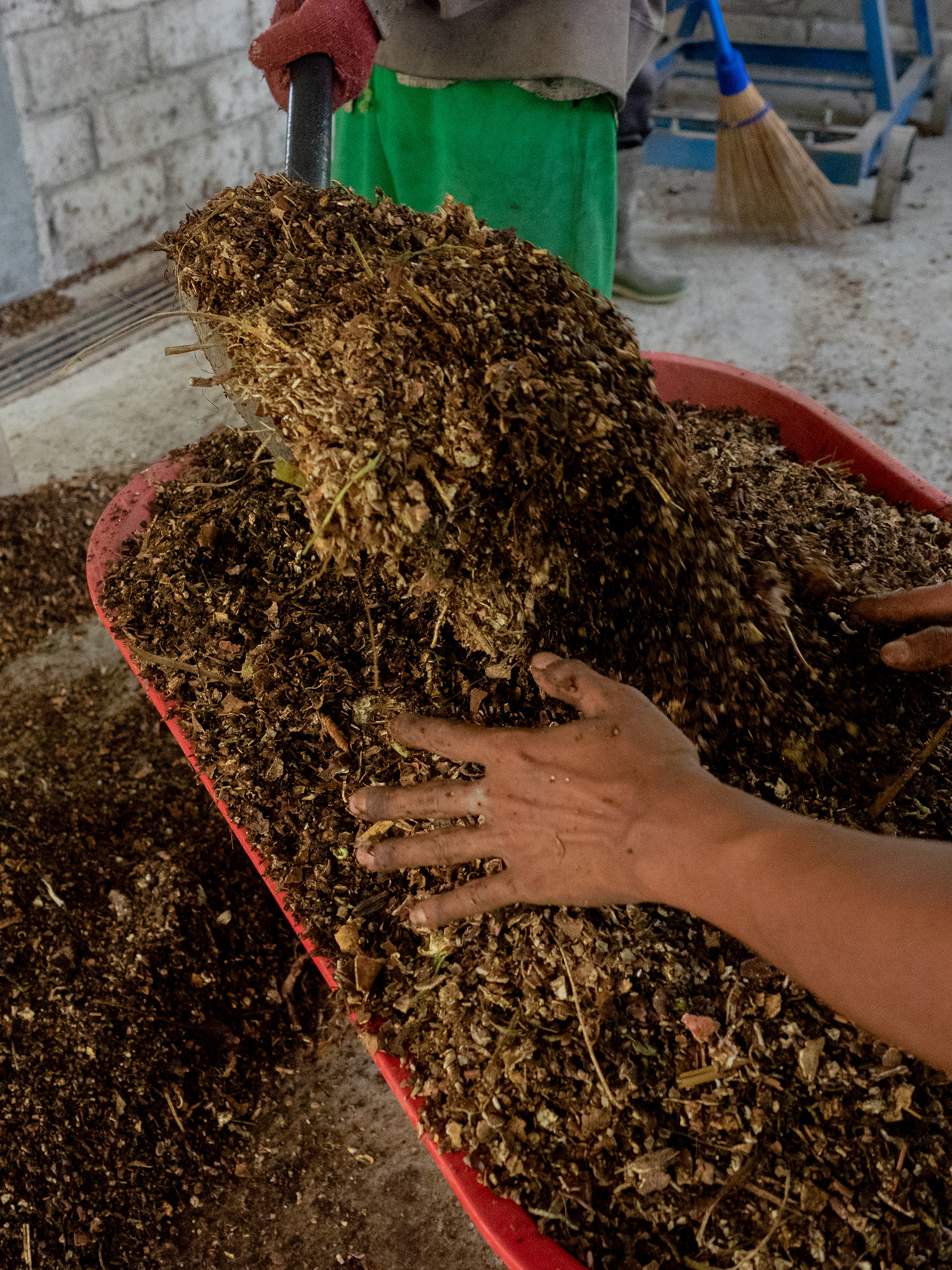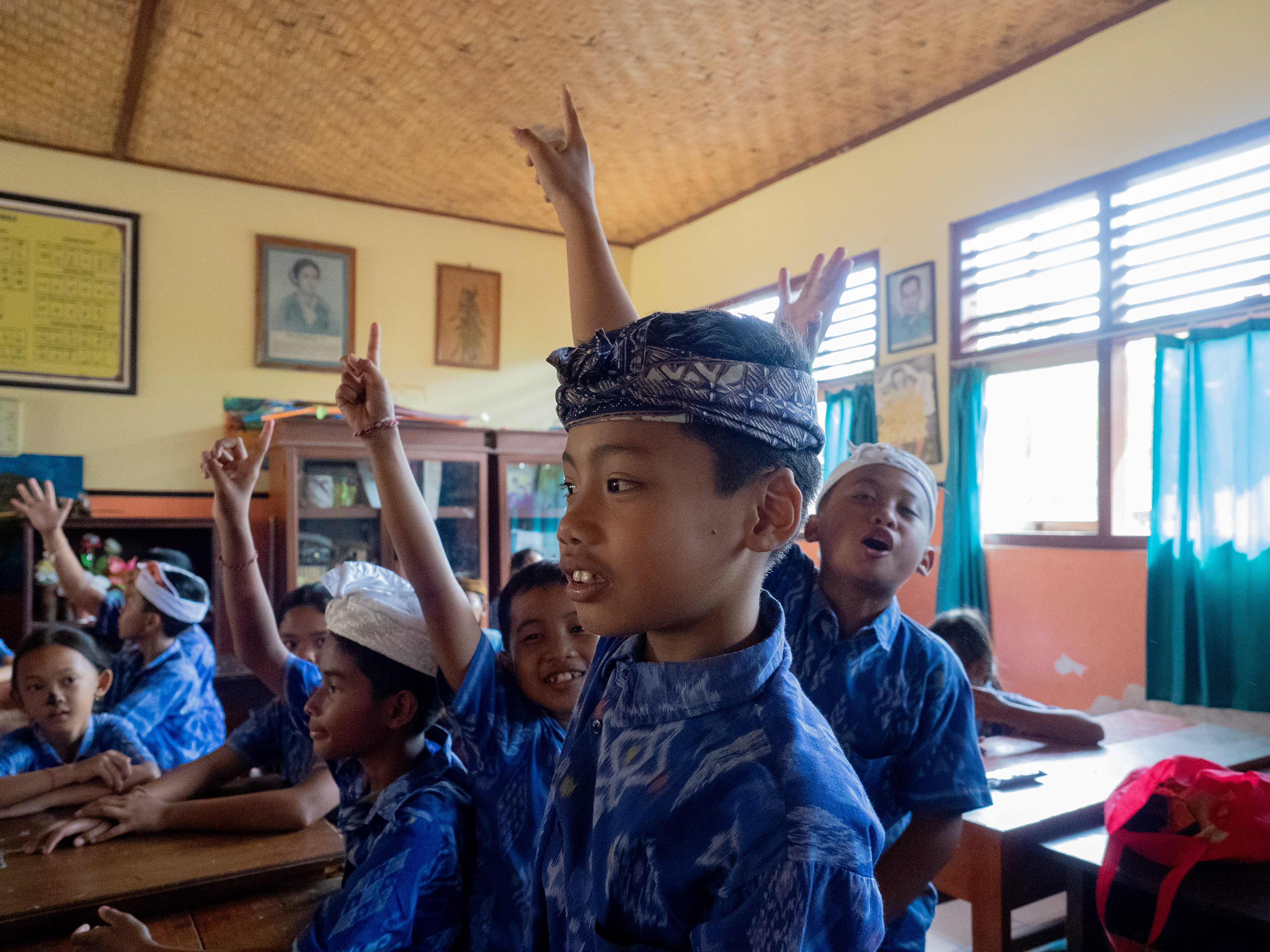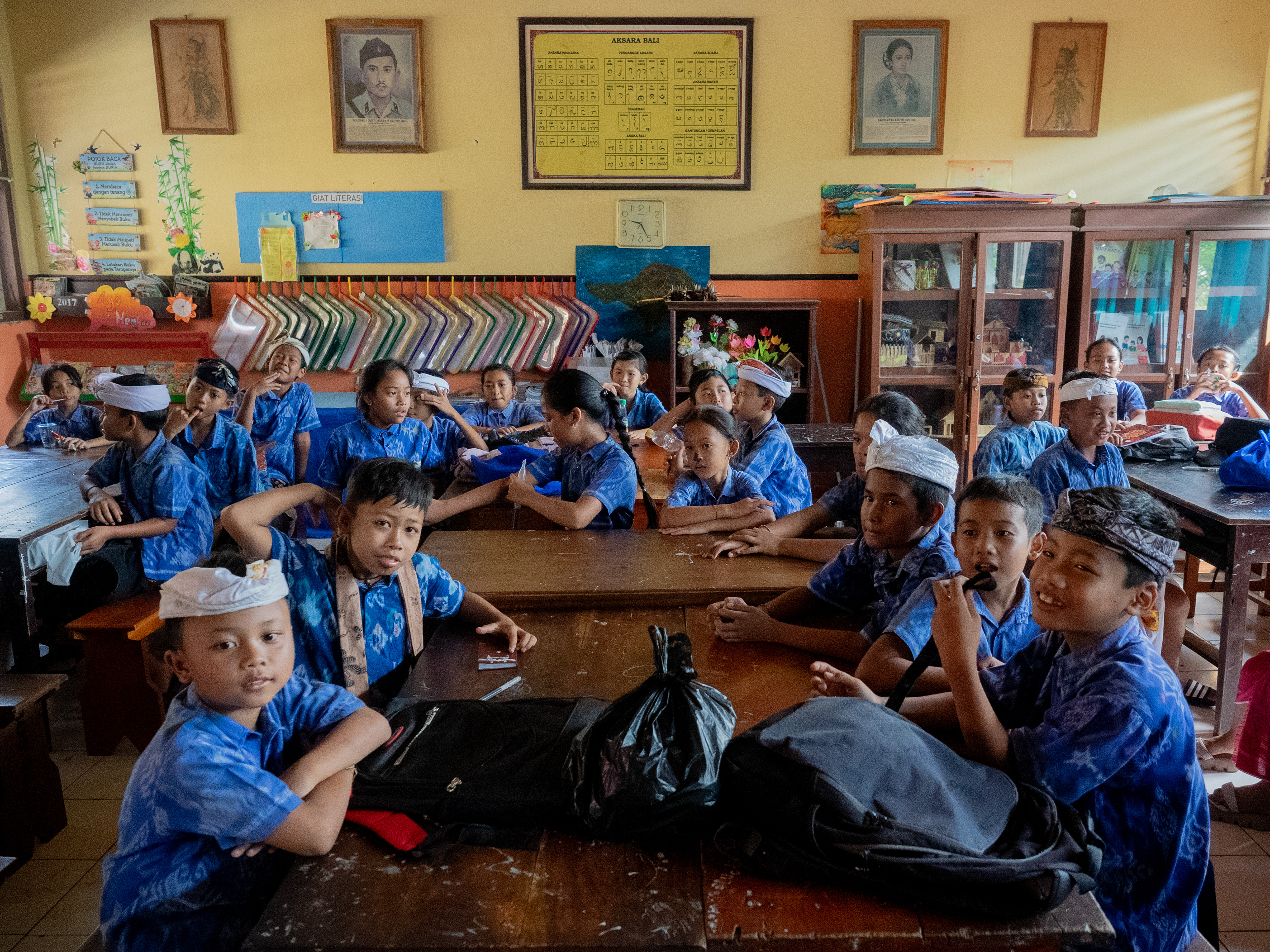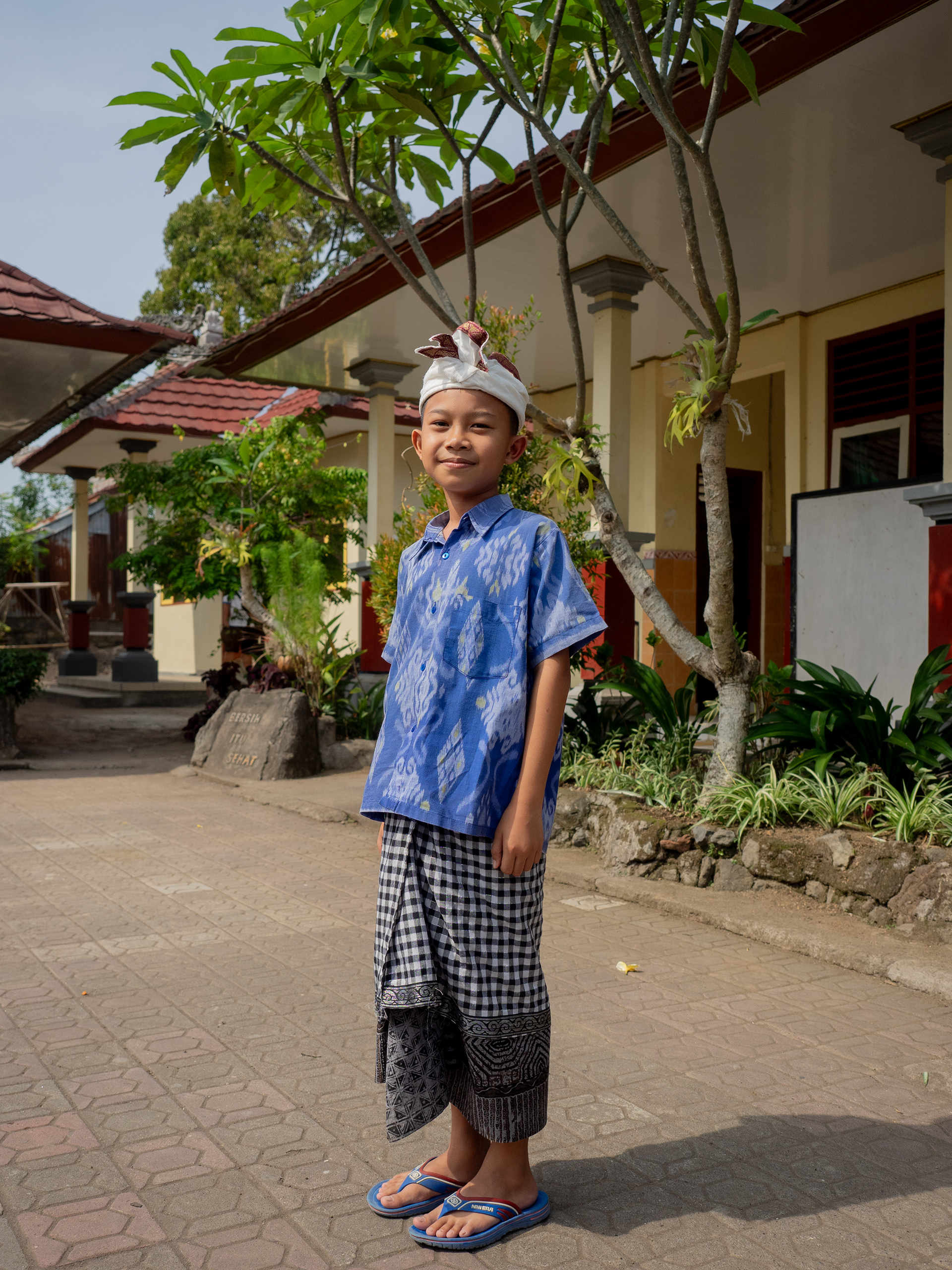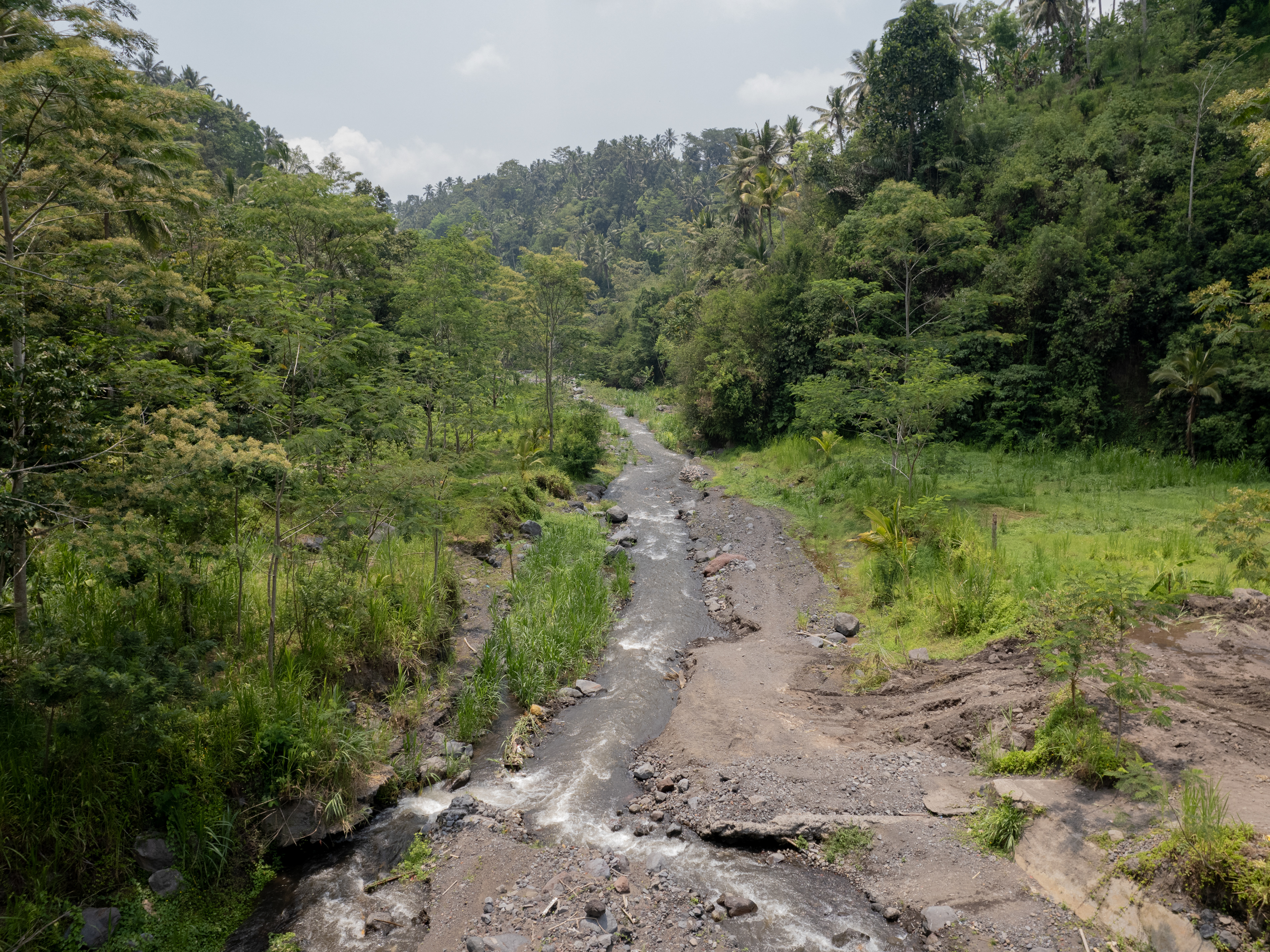Mahayuning Loka Bali
The morning sun slowly climbs the horizon of Besakih Village, unveiling the thin mist that envelops the villagers' homes. I Wayan Degdeg, a local resident, is seen cleaning a small prayer place in his yard. Wayan is one of the thousands of villagers who preserve the Balinese Hindu tradition amidst the relentless tide of modernization brought by tourists from around the world.
By the end of 2023, Bali once again proved its position as a key contributor to Indonesia’s tourism sector, contributing almost 50% to the country's income and tourist arrivals. Data from the Central Statistics Agency (BPS, 2024) shows that international arrivals via air transport reached 5,248,113 people, a significant increase of 143.64% compared to the previous year. This figure does not include the 25,146 tourists arriving by sea, which also saw an extraordinary rise of 1,377.38%. Not only international tourists, but Bali also became the main destination for 9.4 million domestic travelers, marking an impressive visitation rate.
However, behind this surge in numbers, Bali faces significant challenges. The World Travel & Tourism Council (WTTC) even noted that Bali is now one of the cities facing overtourism post-pandemic. Although Bali’s tourism sector generates US$9.5 trillion, this influx of tourists has also brought negative impacts. The quality of the environment and the comfort of life are increasingly threatened due to noise, pollution, and pressure on public resources. One of the most urgent issues is the waste crisis, which now produces around 1.6 million tons of waste annually, with nearly 303,000 tons of it being plastic waste. Unfortunately, only 48% of this waste is effectively managed.
This crisis is not only affecting major tourist areas like Kuta or Seminyak, but also touching religious and cultural sites such as Besakih Village. The village, home to the Besakih Temple, the largest and most important temple in Bali, is not spared from the waste issue. Every day, 600 pilgrims and tourists arrive, generating 7.5 tons of waste from household activities and religious ceremonies. Unfortunately, most of this waste is poorly managed and is simply discarded in open dumps, worsening the environmental conditions. Without a standardized waste management system, adequate technology, and sufficient education, Bali is at risk of facing increasingly severe health and environmental problems.
The GoTo Impact Foundation, in collaboration with the Catalyst Changemakers Ecosystem consortium, launched the "Sukla: Mahayuning Loka Bali" project, aimed at establishing a more sustainable waste management system in Bali. This project adopts a circular economy approach by utilizing technology and involving the community in waste management. Through three main solutions—processing residual waste into eco-friendly fuel, creating environmentally friendly products from low-value plastics, and educating the community—the Sukla project hopes to increase Bali’s waste management rate from just 7% to 90%, while educating 50% of pilgrims and 100% of households in Besakih Village about the importance of proper waste management.
This initiative is not only about preserving Bali as a world-class tourist destination, but also about restoring Bali as a livable place for its people. The photos below were taken as part of an assignment for GoTo Impact Foundation.
